Discover Rishikesh in India: The essence of Yoga and Meditation
Written By Karen Maria Dabroiwska
Rishikesh in India (also known as Hrishikesh) is a city in the Dehradun district of the Indian state of Uttarakhand, situated at the foothills of the Himalayas in northern India. It is known as the “Gateway to the Himalayas” and the “World Capital of Yoga.”
Blessed by Vishnu and washed by the waters of the Ganges River, Rishikesh is a famous pilgrimage destination and is considered one of the holiest places for Hindus. Devotees of all castes have visited Rishikesh since ancient times to meditate in search of higher knowledge, and even today, thousands of people are irresistibly drawn to the charm of this city.
Origin of the Name of Rishikesh
The etymology of the name Rishikesh has various interpretations, such as “Lord of the Senses,” derived from Hirshik (senses) and Ish (lord), but also from Rishi, meaning “seer,” which was the name given to the monks who lived in caves on the surrounding hills and were considered holy men who had received revelations from the Vedas (sacred Hindu scriptures).
The origins of the city have different versions in Hindu mythology: the one narrated in the Ramayana tells that Lord Rama was condemned to do penance in this place after killing Ravana, the demon god of Lanka; while his brother Lakshman crossed the Ganges River at a point where the “Lakshman Bridge” can still be seen today—a former jute rope bridge replaced in 1889 by an iron suspension bridge.
Another legend traces it back to the penance performed by the famous sage Raibhya Rishi on the banks of the Ganges; to him, the god Vishnu appeared in the form of Hrishikesh as a reward, and from this event, the city took its name.
Suggested Read: Things to do in Rishikesh India: Explore best 7 activities here
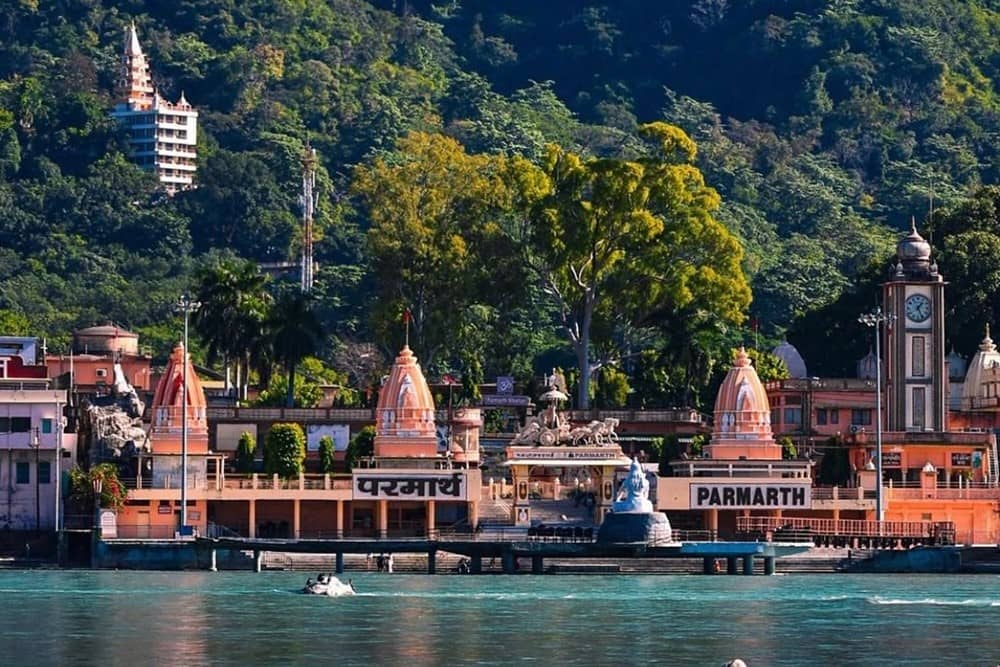
Adi Shankaracharya & Beatles
Rishikesh’s fame is also due to more recent events, such as the visit of the renowned religious leader Adi Shankaracharya in the 9th century AD, who helped establish the city as a pilgrimage site, and the visit of the musical group The Beatles in 1968, which brought this mountain town dedicated to deep spirituality to the attention of a wider audience.
The famous English band came to India to attend a meditation course and wrote many of the songs that would later become famous during their stay.
Due to its deep religious significance, Hindu precepts are strictly observed in Rishikesh, much more so than in other cities. Consequently, both non-vegetarian food and alcohol are legally prohibited.
Tourists are also naturally required to respect these laws and, consequently, the local culture. Each year, the city hosts the International Yoga Festival, celebrated during the first week of March since 1989.
Suggested Read: Yoga in Rishikesh India: All You Need To Know Before..
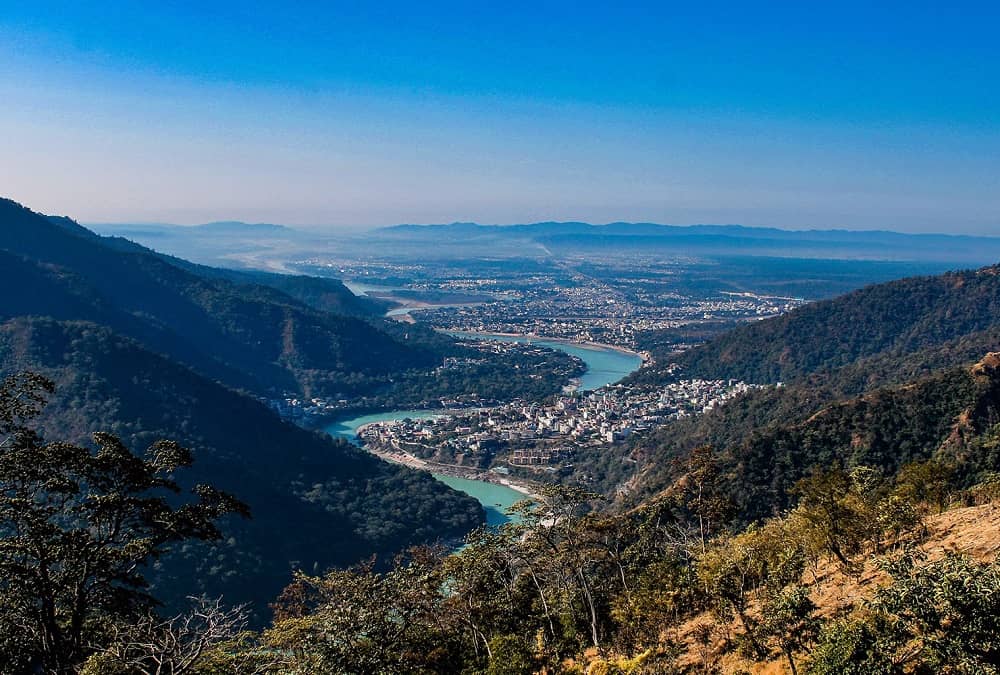
Rishikesh: The Collective Imagination
In the collective imagination, Rishikesh is the city in northern India where the Beatles retreated in the 1960s in search of meditation and spirituality. It proudly claims the title of the “Yoga Capital of the World,” teeming with ashrams where one can study and practice this discipline.
However, few know that in this beautiful location, perched on the banks of the Ganges and nestled among the stunning pre-Himalayan hills, the things to do and see certainly do not exhaust in the few days that many dedicate to it.
Vegetarian and alcohol-free by law, Rishikesh has long been a pilgrimage destination for Hindu believers, as well as a modern international tourist spot dedicated to the practice of yoga and the search for the self.
Simply put, Rishikesh has a healthy atmosphere. It may be the green mountains surrounding it, the light traffic in the northern area, the smiling Babas, or perhaps the flow of the Ganges with its clear and icy waters.
In this part of the river, it has not yet been corrupted by dirt and waste, which, downstream, will inevitably change its beautiful bright green color (making it one of the most polluted rivers in the world).
Imagine a typical mountain town (even though we are less than 400 meters above sea level) winding along the riverbanks, which has always hosted Indian and Western tourists, thus offering high-quality services without losing its authentic character.
Consider that the chaos and traffic of Indian roads are a distant memory among its narrow streets, and that lovers of walking and nature have hundreds of kilometers of mountains, diverse wildlife, and abundant greenery to refresh their spirits.
This is why, after five months spent traveling back and forth across India, we found refuge in Rishikesh for an extended time—capital not only of yoga but also of relaxation.
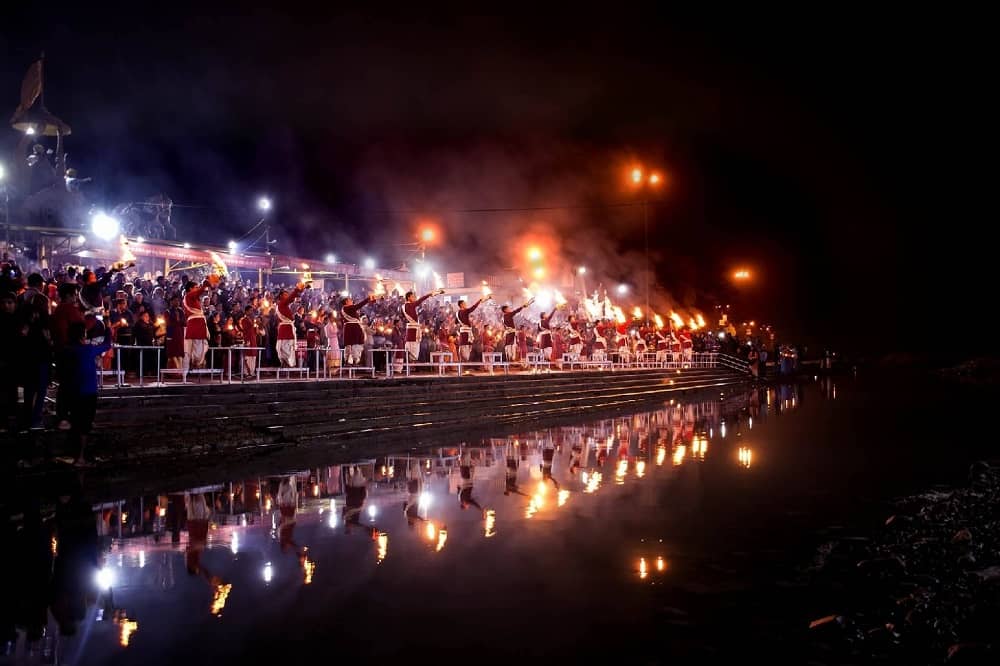
Rishikesh South: Market and Triveni Ghat
If you feel like shopping for fabrics, spices, or home goods, you have a more affordable and authentic option just a few kilometers from the touristy shops of Lakshman Jhula. The central market of Rishikesh winds through a maze of colorful streets just after the Chandrabhaga Bridge. Take a shared tuk-tuk from Lakshman Jhula or Ram Jhula (where most tourists stay) and ask to stop at the market near Triveni Ghat.
Here, being a very local place with few tourists, you can stock up on fabrics at good prices, clothing, and spices without needing to haggle too much.
Once you’ve finished shopping, head towards Triveni Ghat, where Hindu devotees gather for prayers at sunset. Walk with your back to the bridge along the main road, and about 200 meters from the market, you’ll find a beautiful colorful portal on your left.
Go through it, and after descending a stone staircase, you’ll arrive at the Ghats. This is the confluence point of three major Indian rivers: the Ganges, Yamuna, and Saraswati, which is why many pilgrims come to Rishikesh to bathe at this spot, hoping to cleanse themselves of their sins. Sit by the riverbank and watch the waters flow as devotees offer flowers to the river and the colorful statues of deities.
The Ganga Aarti celebration, a captivating ritual of greeting and thanking Mother Ganga, takes place at sunset and can also be admired at Ram Jhula (as well as in Varanasi and Haridwar). Ask locals for the exact time so you don’t miss it, as it changes from season to season.
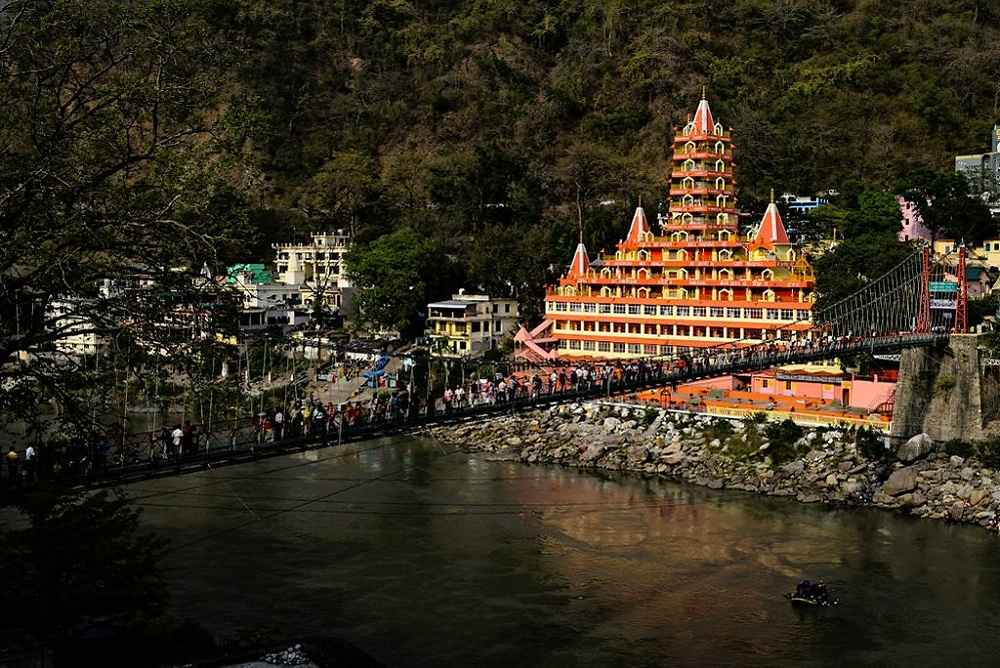
Rishikesh North: Lakshman Jhula and Ram Jhula
Around these two scenic suspension bridges (just seeing them from afar makes you fall in love with the city), colorful neighborhoods rich in shops and restaurants stretch along both banks of the Ganges, but are also made serene and relaxed by the presence of numerous temples, ashrams, and yoga and meditation schools.
Merchants and street vendors seem to have absorbed some of the peace that surrounds them, smiling cheerfully at customers without ever being too pushy. Animals are the true rulers of the city, and strolling through these streets while dodging cows and monkeys, with the sounds of chants dedicated to Shiva resonating in the air, you feel like you’re in another world.
Walking from Lakshman Jhula to Ram Jhula along the southern bank of the Ganges, you can enjoy a refreshing walk, free of traffic and dotted with interesting spots.
Trayambakeshwar Temple
Right after the Lakshman Jhula bridge, you will find the large and colorful Trayambakeshwar Hindu temple, one of the most sacred in the city. With its typical wedding cake shape (it is wide at the base and narrows on each floor) and its vibrant coloring (orange and yellow), it represents the most famous image of Rishikesh.
Its charm is almost entirely exhausted outside, framed as it is by the mountains, with the Ganges flowing peacefully beneath it and the large bridge that must be crossed to reach it.
Each of its floors alternates small internal temples with various shops, which do not contribute to the spirituality of the place. However, do enter and make your way to the top floor to enjoy an unbeatable view of the surroundings, especially at sunset.
What to See in Rishikesh in India:
From a natural standpoint, Rishikesh is a gem of a city, nestled among the Himalayan mountains, divided by the Ganges River, on whose banks devotees perform their ritual ablutions. Over time, Rishikesh has remained true to itself and to the ancient traditions it preserves.
Today, it is not only a pilgrimage site but also an international tourist destination dedicated to yoga, self-discovery, and a starting point for trekking routes, mountain hiking in the Himalayas, and water sports such as rafting.
In Rishikesh, you discover another India. Here, traffic and chaos are just a memory; the air is clean, nature is vibrant, and the Ganges, in this initial stretch, is clear and free from the waste that disfigures it further downstream. Besides the many ghats for ablutions and religious rituals, the Ganges is lined with several beaches where swimming is possible.
Ganges River
The Ganges is one of the most famous rivers in the world and is revered as a deity (the Goddess Ganga). Its source is located in the Himalayas at Gangotri (Uttarkhand), and after traveling over 2,500 kilometers through the northeastern regions of India, the river reaches Bangladesh and flows into the Bay of Bengal, creating the largest delta in the world (59,000 km²).
Many tributaries merge into the Ganges, with the six longest and their five confluences considered sacred; examples include Haridwar and Allahabad.
It is a common belief that a bath in the Ganges washes away sins, helping the soul attain eternal peace after death. Among the many places washed by its waters, the three main and most sacred are Rishikesh, Haridwar, and Varanasi.
In these three cities, at dawn and dusk, the Ganga Aarti is celebrated, a ritual of lights and sounds, with priests swirling flaming lanterns while chanting prayers and mantras. It is a very moving and engaging event, even for those who are not believers.
One aspect, related to religion, that might surprise a Westerner is the presence of cows and monkeys on the streets: here, the animals are the true masters of the city; they are respected, revered, and roam freely among cars, shops, and tourists.
Overview: What see in Rishikesh In
Ideally, Rishikesh can be divided into two areas: in the southern part, you will find the central market and the Triveni Ghat, while the northern part is more spiritual (but also touristy), near the Ram Jhula and Lakshman Jhula bridges.
The market is a colorful labyrinth of alleys and small shops where you can purchase fabrics and spices at good prices (it’s not the most touristy area), allowing you to enjoy the authentic atmosphere of the city.
According to legend, Triveni Ghat marks the confluence of three important Indian rivers: the Ganges, Yamuna, and Saraswati. Today, many pilgrims gather here at dawn and dusk to pray, perform the Ganga Aarti ceremony, make offerings, and bathe in this exact spot to redeem themselves from their sins. Not far from here is the Bharat Mandir, a majestic temple dedicated to Lord Vishnu.
Around the two suspension bridges, you will find the more touristy area, which is no less fascinating than Rishikesh itself. Shops and small restaurants are interspersed with temples, ashrams, and yoga and meditation schools, creating a relaxed and spiritual atmosphere.
Near Lakshman Jhula, there are several temples, including one with the same name and the Trayambakeshwar Temple, one of the most significant religious sites in Rishikesh. It has 13 stories, each housing many Hindu deities.
Another pilgrimage site is the Neelkanth Mahadev Temple, located about 30 km from Rishikesh, at over 1,000 meters altitude. Legend has it that this is where Lord Shiva drank the poison produced during the creation of the elixir of immortality for the gods and demons. Due to the poisonous liquid, the god’s throat turned blue, which is where the name “Neelkanth” comes from, literally meaning “blue throat.”
The Swarg Ashram is a large complex of temples, shrines, and schools located on the northern banks of the Ganges, and it is considered a vital place for Hindu worship. Here, you can take yoga and meditation classes, stroll through the gardens, shop, or dine in one of the vegetarian and Ayurvedic restaurants.
Rishikesh: Yoga & Ashram
- Those who choose to visit Rishikesh are often in search of a connection with deep spirituality, a new way to understand the world and themselves, along with meditation and yoga.
- The practice of yoga is a fundamental part of the city, but the discipline here is very different from what we are accustomed to in the West: it is much more spiritual and less athletic.
- In Rishikesh, yoga and meditation are taken seriously; ashrams and specialized centers are on every corner, and the streets are filled with signs advertising them, whether for practitioners or aspiring teachers.
- The term yoga refers to a series of ascetic and meditative practices aimed at spiritual realization, sense control, and ascent to a higher level of consciousness. It is a path of inner growth that becomes increasingly comprehensive and touches upon broader fields such as psychology, ethics, and theology.
- In the West, the essence of this discipline is often distorted, reduced to gymnastic activities and breathing exercises that have little to do with the origins of authentic yoga.
- In Rishikesh, one can rediscover the profound meaning of this ancient discipline, which requires not only time to learn but also a guru. Rishikesh in India
- Due to its location along the Ganges, Rishikesh is considered one of the best places to absorb the beneficial energies that the introspection encouraged by yoga makes more assimilable. Anyone contemplating yoga trips to India cannot overlook a visit to Rishikesh.
- In Rishikesh, spirituality is in the air; it is part of daily life, and this is evident from the atmosphere that envelops the city. Whether you are Hindu, Catholic, or agnostic, you cannot remain indifferent to the magic of this place.
As for the best time to visit, the climate in Rishikesh is mild and warm from March to June, coinciding with the high season. Rishikesh in India
Information for a Trip to Rishikesh
Rishikesh is a city located in the northern region of India, in the state of Uttarakhand. It is considered the world capital of yoga and Ayurveda, as it hosts numerous training centers for yoga teachers and Ayurvedic healing centers. The city is also famous for being the gateway to the Garhwal Himalayan region.
Rishikesh is situated on the banks of the sacred Ganges River, and visitors can enjoy stunning views of the surrounding mountain ranges. Outdoor activities in this city include trekking, rafting, meditation, and other spiritual pursuits.
The city is also notable for the famous suspension bridge, Lakshman Jhula, a popular tourist attraction that spans the Ganges River. In summary, Rishikesh is a popular destination for those seeking the spiritual experience of India in a tranquil and natural setting.
Traveling to Rishikesh and Surroundings:
What to Visit in Rishikesh Rishikesh in India
Here are some tourist attractions to visit in Rishikesh, India, along with a brief description of each:
- Ganga Aarti – This is a religious celebration that takes place along the Ganges River every evening. The ceremony involves prayers, candle lighting, and offerings.
- Ram Jhula – This is a suspension bridge over the Ganges River, connecting the neighborhoods of Tapovan and Swarg Ashram. It is a very crowded and lively place, with shops, restaurants, and art galleries.
- Beatles Ashram – This is the famous ashram (monastery) where the Beatles spent some time in the 1960s. Today, the ashram is abandoned, but the walls are covered in artistic murals that represent Indian culture and the lives of the Beatles.
- Triveni Ghat – It is one of the most famous areas of Rishikesh and represents the confluence of the Ganges, Yamuna, and Saraswati rivers. The area is particularly crowded at dawn and dusk, when people immerse themselves in the sacred waters as a sign of purification.
- Neer Garh Waterfall – This is a beautiful waterfall located about ten kilometers from the city. The waterfall is situated in the forest and is accessible through a hike.
- Laxman Jhula – This is a bridge similar to Ram Jhula, and it is said that Rama’s brother (Lakshmana) crossed it at this point. Here, there is also a temple dedicated to Lord Rama.
- Parmarth Niketan Ashram – It is one of the largest and most active monasteries in Rishikesh. Situated on the banks of the Ganges River, it offers hospitality to tourists and promotes Indian culture through its meditation, yoga, and Vedic philosophy programs.
When to Go on Vacation in Rishikesh
We have discussed what to visit in Rishikesh, but it is also important to see these attractions at the right times. The best time to visit Rishikesh in India is from March to April and from September to November. During this period, the temperatures are pleasant, and the weather is quite dry.
In Rishikesh, summer (May-July) can be very hot, while winter (December-February) can be a bit cold. Additionally, during the monsoon (July-August), rainfall can be heavy, making it difficult to move around and visit the city comfortably.
If you want to take a trip to experience yoga, meditation, and participate in spiritual retreats, I suggest you choose the best period for you based on the activities you intend to do, keeping in mind the temperatures and weather conditions of the season.
How to Get to Rishikesh Rishikesh in India
Rishikesh is a city located in the Uttarakhand state of northern India and can be reached through various travel options depending on your starting location. Here are some of the main options:
- By Plane: The nearest airport to Rishikesh is Dehradun Jolly Grant Airport, located about 30 km from the city. There are direct flights connecting Dehradun to many major cities in India. From the airport, you can take a taxi or a local bus to reach Rishikesh.
- By Train: The main train station in Rishikesh is Rishikesh Station, located near the old town. There are trains connecting Rishikesh to major cities in India. However, these trains may be subject to delays and can be very crowded. It is advisable to book tickets in advance through the Indian Railways website.
- By Bus: Rishikesh is well connected to major cities in India by bus. There are government and private buses departing from major Indian cities that arrive at the central bus station in Rishikesh. This could be the most economical option to reach Rishikesh, but bus journeys can be long and uncomfortable.
- By Taxi: You can also hire a private taxi to reach Rishikesh from any city in India. This option can be expensive but comfortable. Rishikesh in India
In any case, I recommend planning your trip in advance and booking your tickets ahead of time to avoid inconveniences during your journey.
To rent a car at the best prices to travel to or visit Rishikesh, I always recommend searching and booking at this link. For flights, compare (and if you want to book!) the best deals here on Skyscanner.
Specialties of Rishikesh’s Cuisine
The attractions to visit in Rishikesh are even better with a full stomach! Rishikesh, India, is predominantly a vegetarian city, and its culinary specialties reflect this lifestyle. Here are some of the culinary specialties of Rishikesh:
- Chole Bhature: This dish consists of dried pumpkin and peas, served with deep-fried bread called Bhature. It’s a tasty and very popular dish in India, especially served for breakfast. Rishikesh in India
- Paneer Tikka: A dish made from paneer (Indian cheese), marinated in spices and grilled in a Tandoor oven. It is a popular appetizer throughout India, served with mint sauce and onions.
- Aloo Puri: A classic North Indian dish made of deep-fried puris (a type of unleavened bread) and spiced potatoes served with tamarind chutney. Rishikesh in India
- Dosa: A typical South Indian dish, consisting of a kind of crepe made from rice flour, lentil flour, and water, filled with spiced potatoes and onions. It is often served with coconut chutney and sambhar (a spicy vegetable side dish). Rishikesh in India
- Lassi: A yogurt-based drink, served cold with a pinch of cardamom, sugar, and a few drops of rose water. It’s a light and refreshing beverage. Rishikesh in India
Additionally, Rishikesh is famous for its vegan restaurants and the frequent use of spices such as turmeric, cumin, and coriander in its recipes.
Is Rishikesh an Expensive Destination?
No, Rishikesh is not a particularly expensive city for tourists. Rishikesh in India
Where to Stay While Visiting Rishikesh?
In Rishikesh, India, it’s advisable to stay in areas close to the Ganges River, such as Tapovan and Laxman Jhula, where you will find numerous ashrams, restaurants, and cafes. These areas are also very close to trekking paths in the Himalayas. Alternatively, hotels and guesthouses along the main road of Rishikesh may be a more budget-friendly option, though they are less tranquil. Rishikesh in India
Is Rishikesh a Safe Destination?
Rishikesh is generally considered a safe city for tourists, with low crime rates. Most visitors feel safe walking the streets during the day and evening. However, it is always advisable to take basic precautions, such as not displaying valuables in public and avoiding solitary walks in isolated areas at night. Additionally, it is important to respect the various cultures and traditions of the city to avoid potential inconveniences. Rishikesh in India
Is Rishikesh a Tourist Destination?
Rishikesh is a perfect destination for all types of travelers. This Indian city is known as the “Yoga Capital of the World,” attracting many visitors passionate about yoga and spirituality. However, Rishikesh offers much more, including outdoor activities like hiking, river rafting on the Ganges, and bungee jumping.
For couples, Rishikesh provides many romantic spots to stroll through nature and enjoy some quality time together amidst the tranquility of ancient temples. There are also several luxury hotels and resorts that offer romantic experiences. Rishikesh in India
For Young Travelers ( Rishikesh in India )
For young people, Rishikesh is the ideal place to immerse themselves in nature and adventure. With activities like rafting, trekking, and bungee jumping, there’s always something exciting to do. Additionally, there are plenty of restaurants, bars, and nightlife spots where you can socialize and make new friends.
For Families ( Rishikesh in India )
For families, Rishikesh offers a combination of adventure and spirituality. There are many activities suitable for children, including rafting, trekking, meditation, and yoga for kids. Parents can also enjoy the peace and tranquility of the city by visiting ancient temples or participating in yoga workshops.
In summary, Rishikesh is a perfect destination for all types of travelers, providing a variety of activities to cater to everyone’s tastes.
Getting Around Rishikesh in India
In Rishikesh, the main means of transportation are tuk-tuks (autorickshaws) and motorcycle taxis. Alternatively, you can rent a motorcycle or a bicycle. Local buses are also available for those looking to travel at a lower cost. Generally, buses are very economical but may be crowded and slow, while tuk-tuks and motorcycle taxis are faster but a bit more expensive.
Day Trips from Rishikesh in India
Once you’ve explored the attractions of Rishikesh, you might want to see nearby destinations. Here are some ideas for day trips from Rishikesh, India:
- Haridwar: This sacred city, located just 20 km from Rishikesh, is an important pilgrimage center for Hindus. The Ganges River flows through Haridwar, and there are many historical and cultural attractions to visit here.
- Mussoorie: Known as the “Queen of the Mountains,” Mussoorie is about 77 km from Rishikesh and is a popular tourist destination for its cool climate and scenic views. You can visit Kempty Lake, the Mussoorie National Library, and the Botanical Garden.
- Dehradun: Just 45 km from Rishikesh, Dehradun is a city popular among tourists for its natural beauty and tranquil atmosphere. Here, you can visit the Song River, Rajaji Wildlife Sanctuary, and the Indian Military Academy.
- Auli: Located about 270 km from Rishikesh, Auli is a beautiful ski resort in the Himalayas. Here, you can go trekking, skiing, and enjoy panoramic views of the mountains.
- Corbett National Park: This national park is famous for its large population of tigers and other wildlife. It is approximately 230 km from Rishikesh and is an excellent destination for nature lovers.
Rishikesh in India, Rishikesh in India , Rishikesh in India , Rishikesh in India, Rishikesh in India , Rishikesh in India , Rishikesh in India , Rishikesh in India, Rishikesh in India, Rishikesh in India , Rishikesh in India , Rishikesh in India , Rishikesh in India, Rishikesh in India , Rishikesh in India , Rishikesh in India, Rishikesh in India, Rishikesh in India, Rishikesh in India , Rishikesh in India, Rishikesh in India, Rishikesh in India, Rishikesh in India , Rishikesh in India, Rishikesh in India, Rishikesh in India, Rishikesh in India, Rishikesh in India, Rishikesh in India, Rishikesh in India


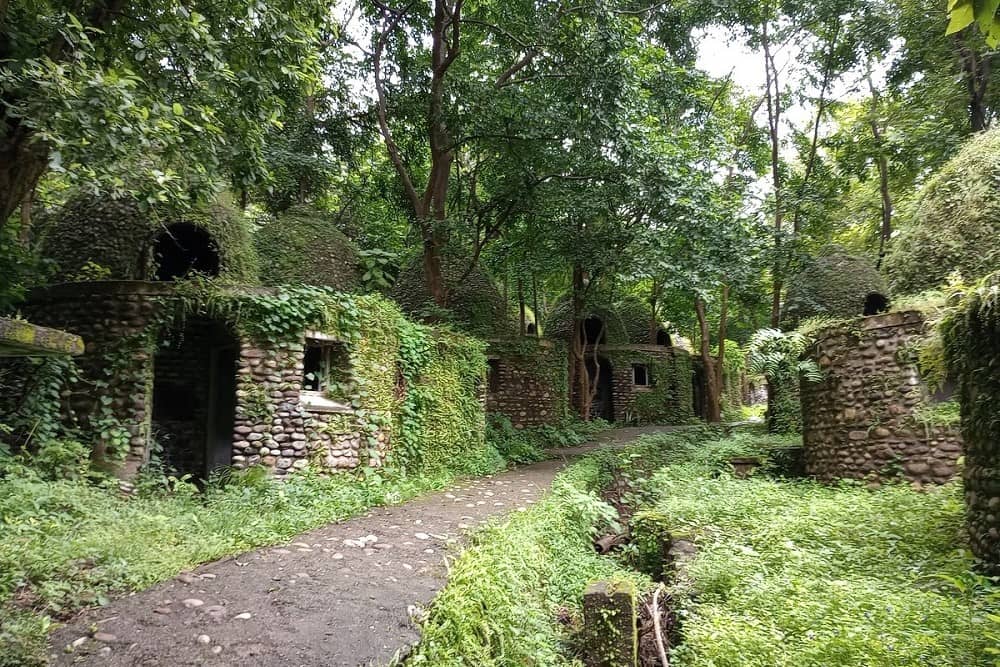

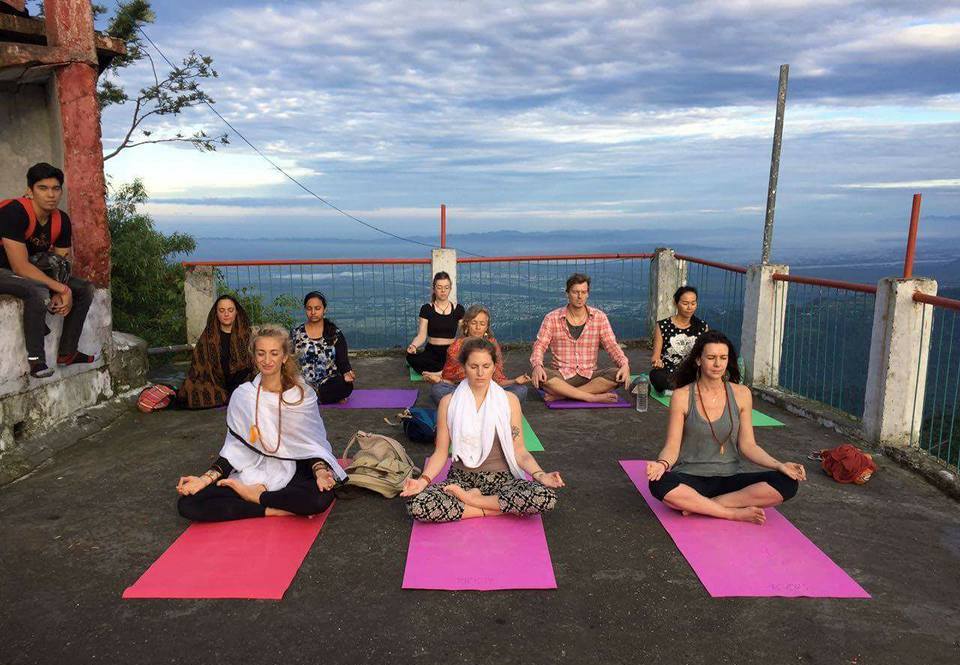


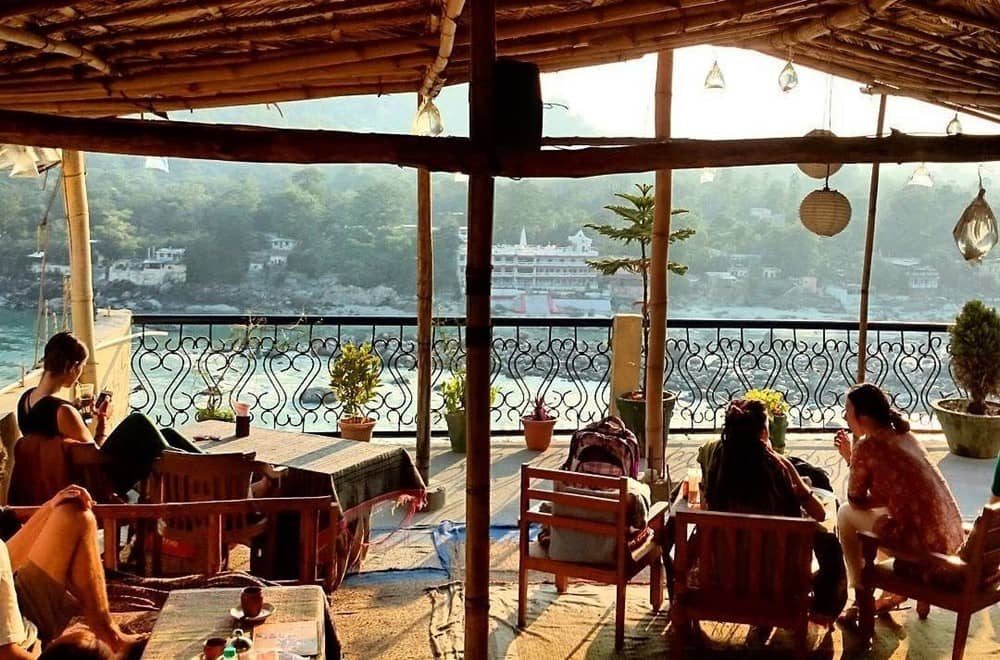
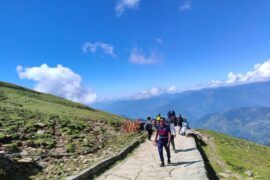
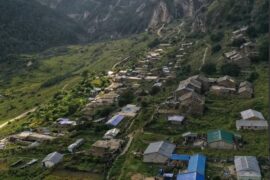
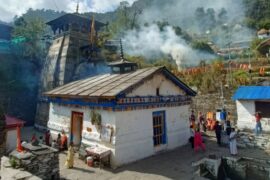
Comments are closed.